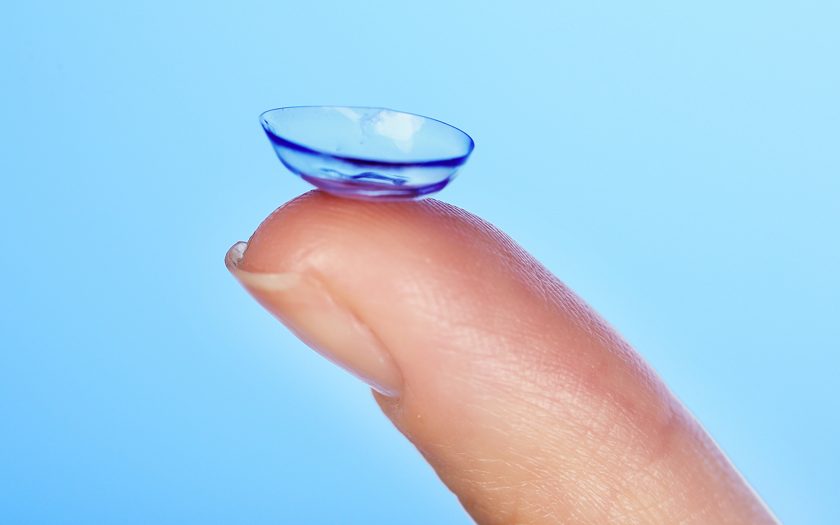It is difficult to have excellent eyesight with constant use of phones, computers and other gadgets and, as a consequence, constant eye strain. This is especially true for children. Children should have their eyesight checked at least once every six months and, if there is a deviation from the norm, treated in time. Depending on the type of pathology, drugs such as Zocon, C-NAC Eye Drops or Tropicacyl Plus Ophthalmic Solution may be used.
Methods of vision correction
If the ophthalmologist notices a visual impairment during the examination, he may suggest choosing glasses or contact lenses. You should be very careful, because the wrong choice of contact lenses or glasses for children can impair vision. To avoid this, it is better to consult a reliable specialist. There are clinics that specialize in identifying the causes of vision loss in children and have many ophthalmologists to help you choose glasses or lenses for your child. They select glasses or lenses based on the patient’s diagnosis, such as nearsightedness, farsightedness or astigmatism. Choose clinics with extensive experience in dealing with different types of visual impairments in children.
Advantages of lenses
Children lead an active lifestyle, so the choice of lenses for them has many advantages:
- they are very easy to use, this is especially important when the user is an active person;
- have no restrictions on the field of view;
- safe for sports;
- help to avoid ridicule from peers;
- provide good vision correction, better than glasses;
- the image is not distorted.
Types of contact lenses
Depending on the material and shelf life, lenses are divided into different types:
- hard;
- soft (silicone, silicone hydrogel);
- one-day, monthly, quarterly and annual.
The right choice
After diagnosis, the doctor helps to choose lenses. They must be highly permeable to oxygen to nourish the eyeball tissue and have a good ability to retain moisture.
Rules for using lenses
- Lenses should be used for the period for which they are intended (one month – no more than a month, one-day – one day). Failure to follow the rules can lead to eye contamination or loss of moisture.
- Before each wearing of lenses and their removal, hands should be thoroughly washed with soap and water.
- Change the lens fluid daily.
- In the evening, carefully apply a couple of drops of lens solution and wipe them, then place in a container and fill with the same liquid.
- The container must be clean and tightly closed.
- After each use of the container and tweezers, they must be washed and dried for further use.

